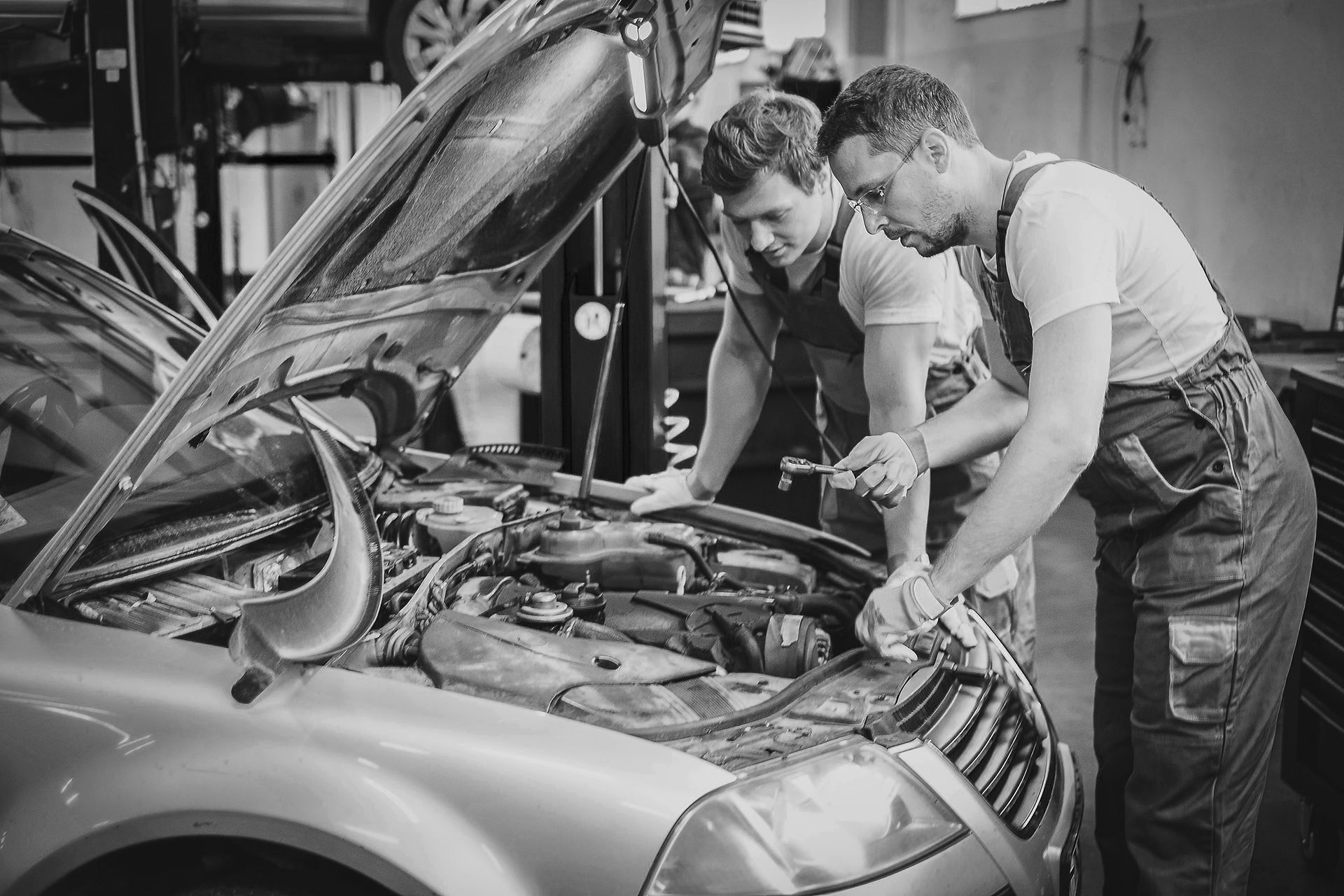
Understanding California's Vehicle Safety Systems Inspection Program
The California Vehicle Safety Systems Inspection (VSSI) Program, initiated on July 8, 2024, is designed to ensure that vehicles meet essential safety standards before being deemed roadworthy. This program consolidates previous brake and lamp inspections into a comprehensive evaluation of critical vehicle safety systems.
Key Components of the Vehicle Safety Systems Inspection:
Braking Systems: Verification of the functionality and condition of all braking components.
Lighting and Electrical Systems: Inspection of headlights, taillights, turn signals, and other essential electrical systems.
Frame and Body Integrity Inspection:
-
Structural Damage: Identification of cracks, bends, or other deformities in the frame that could affect vehicle stability.
-
Corrosion: Assessment of rust or corrosion, especially in load-bearing areas, which may weaken structural components.
-
Body Condition: Evaluation of the condition and secure attachment of fenders, panels, bumpers, doors, hood, and trunk/liftgate.
Steering and Suspension: Assessment of steering mechanisms and suspension components for proper operation.
Tires and Wheels: Examination of tire condition, tread depth, and wheel integrity.
Supplemental Restraint System (SRS) Inspection:
-
Operational Readiness: The airbag warning light should illuminate briefly during startup and then turn off, indicating the system is functioning correctly.
-
Physical Condition: Inspection of airbag modules, sensors, and related components for signs of damage or tampering.
Other Safety Equipment: Review of seat belts, mirrors, windshield wipers, and other safety-related items.
Safety Recall Verification:
-
Unrepaired Recalls: Vehicles with any unrepaired safety recalls will fail the safety systems inspection
-
Consumer Action: Vehicle owners are encouraged to regularly check for recalls by entering their Vehicle Identification Number (VIN) at www.NHTSA.gov/recalls and to schedule any necessary repairs promptly.
Inspection Fails
Hall of Shame


